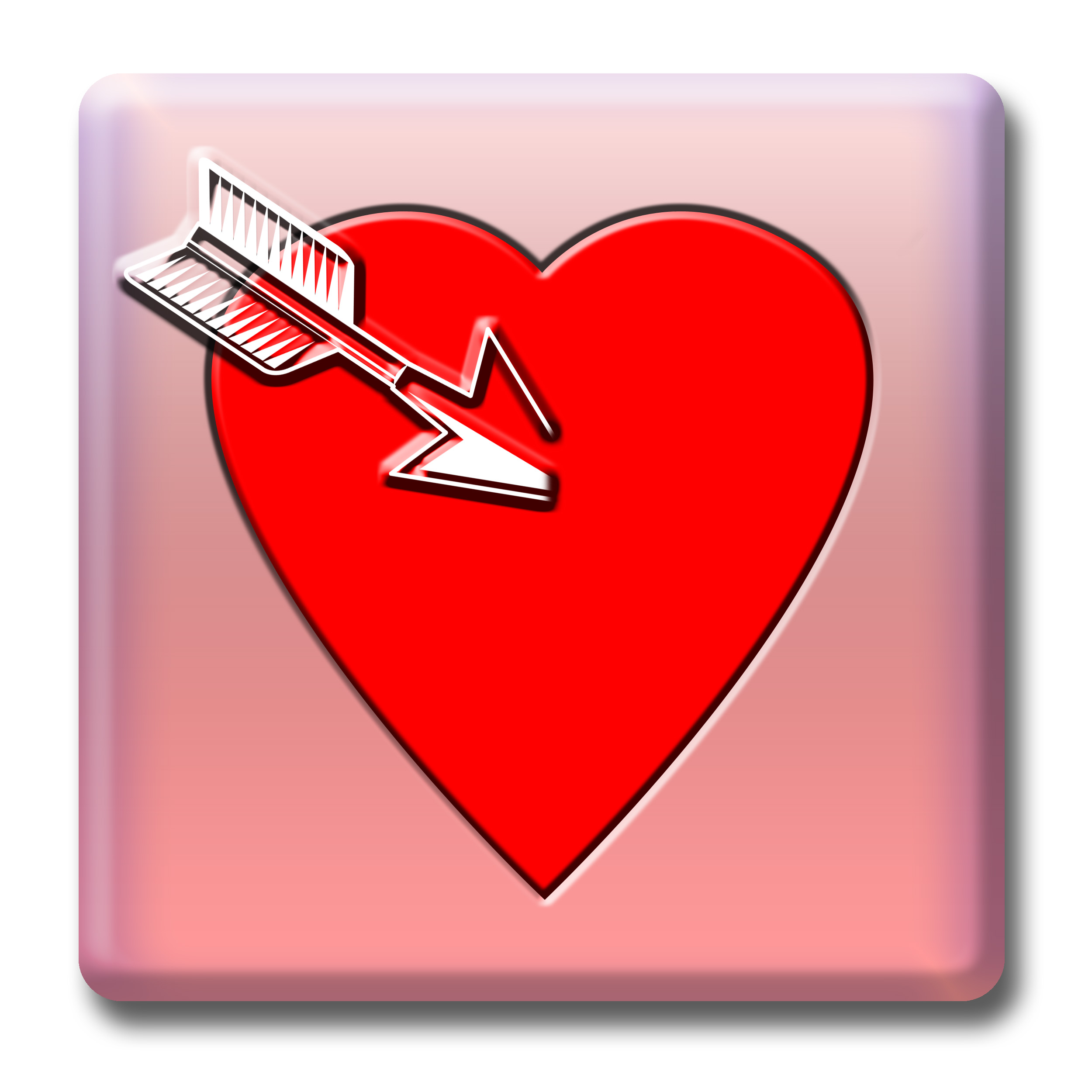Businesswoman, author and blogger Rachel Abbott is my latest victim guest contributor. We all know how smart she is: she sold off her business and now lives in bucolic paradise in central Italy.
The author of Only the Innocent, which has held #1 spot on Amazon for a well-deserved long time, Rachel has generously agreed to tell us about the best and the worst she has done in marketing her book.
And naturally, I've written a guest post on her blog, but you should only read that after reading this one.
The Best and the Worst of Marketing Only the Innocent
When I launched Only the Innocent back in November 2011, I had absolutely no idea at all what I was doing. I had this idea in my head that all I had to do was upload a Word document, get a cover designed and that’s it! Bob’s your Uncle—as we Brits say (for some reason that I have never fathomed). It means, for those who don’t know, “You’re all set.”
There were two things wrong with this assumption. I thought that:
• uploading a Word document would be good enough, and
• I could just sit back and wait for the sales to come in.
I’m not going to dwell on the Word document part of the process—that’s a whole other story. The sitting back and waiting for the sales is the crucial bit, and infinitely more interesting. My mistakes were based on false assumptions, and these are just some of them.
In the first week or two I had some good sales. But then I know quite a few people! Most of them, however, don’t actually have Kindles. They just bought my book because they know me, and downloaded it to their computers or phones.
Mistake number 1: Amazon is all about visibility. “Customers who bought X also bought Y” is incredibly valuable, because it begins to show your book to other readers. But my book was being bought by people who had never bought anything for the Kindle, and therefore there were no books to link it to. So within a week of launch, it was disappearing quickly into obscurity.
I knew that I was going to have to do some promotion myself. Again, I’m lucky because I know how to build a website, and I had already got a Twitter account (albeit with only nine followers). So now I knew what had to be done—but I had no idea how to go about it. Nine followers on Twitter? A great way to spread the word, but how could I increase those numbers? I didn’t know. What about reviews? Should I be asking for them, and if so, where from? I didn’t know.
Mistake number 2: Not preparing myself before launch by creating interest in my novel through social networking, blogging, or having an interesting and informative website. A quick impact at time of launch is brilliant, because while your book is still in the “New releases” list, it has increased visibility. So getting it up the charts at that point would have been a really good move, and relatively easy to achieve with some planning.
Once I had the bit between my teeth, I realised what a vast amount of information there was out on the Web for new authors. So many forums, websites, blogs—the list was endless. And so I spent endless hours surfing around … and going nowhere fast. Every day, I would find another 20 or 30 interesting sites, and each one of those led me somewhere else.
Mistake number 3: Mindless surfing—wasting hours finding out loads of stuff, but too much to absorb. Losing pages that seemed interesting because I had branched off somewhere else. Getting lost in all the information and not actually doing anything at all! All I did was poke around finding stuff out, and then did very little.
And then it hit me. I have spent my life running businesses—but I was treating this like a hobby, and a hobby that I wasn’t even very good at. I forced myself into business mode, and then I got it.
Getting it right: I created a plan and a schedule. I allowed myself a certain amount of time for just searching around, because there were so many nuggets of information and I wanted to learn everything I could. But I limited the time for each. And I created bookmark folders so that if I came across something that looked interesting, I could save a link where I would be able to find it later. All the folders had specific names: marketing, publishing, reviews, etc. Not rocket science!
I set out my priorities, made an action list, and allocated time to each priority. My marketing plan was seven pages long, and read like a proposal to senior management. I was 100 percent in business mode.
I identified my sales channels: Amazon; and via Smashwords, Apple, Nook and Kobo. What could I do to influence sales in each of these areas? I looked at how the sites worked and I prioritized. I saw Smashwords as more of a distributor than a sales channel in itself, and that may have been a mistake, but it gave me focus.
I identified my marketing channels: social networking, website, blog, forums. And for each of them, I decided which was most influential, and which I enjoyed the most (very important). Then I created my action plan for each.
I look at the plan now and realise that a lot of it worked out in a completely different way. Twitter is a classic example. I had allowed myself two hours to investigate ways of increasing my followers—and not just any followers, but people who buy books. And thereafter I had allowed myself ten minutes per day to tweet! I spend about ten times that on Twitter each day, because people talk to me and I talk back. I love it! But that’s okay. This is now, that was then.
So get yourself a plan. Monitor the success of each thing you try so that you are learning about what works and what doesn’t.
It worked for me—and I sincerely hope it works for you.
Now that you've read her post, check out her website, where she gives independent authors loads of great insight into the development and publishing of her books, and her blog. And don't forget to buy her book, Only the Innocent.
.jpg)






.png)
